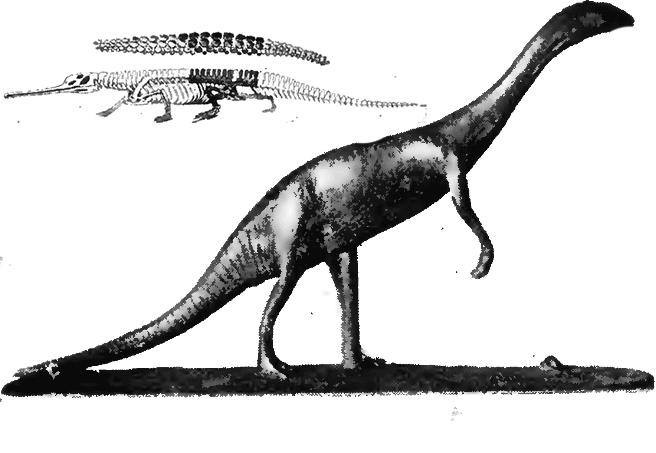<![CDATA[Dinosaurs roamed the earth for 135 million years, and fossils have been found on every major continent. However, scientists are still yet to ascertain their exact origin. The oldest dinosaur fossils discovered in the Americas were found in Argentina, having appeared in South America about 230 million years ago. This period was characterized by adjoining land masses, or Pangaea, when all of today's continents were one. These dinosaurs did not arrive in North America until 18 million years later. These theories and hypotheses have now come under scrutiny, thanks to MIT scientists who recently discovered the rocks that housed the earliest dinosaur fossils were as old as 223 million years old. Also discovered was an anomaly in the rock record where there was no trace of any vertebrate, representing a gap of 16 million years. Research scientist at MIT's Department of Earth, Atmospheric and Planetary Sciences, Jahan Ramezani, states that that could mean that no fossils were preserved, or they just haven't been found yet. Either way, Ramezani remarks that this find pours cold water on the theory that dinosaurs originated from South America and moved across the world. Ramezani and his colleagues looked at dinosaurs from the late Triassic period found in layers of rock in the Chinle Formation, which comprises of Arizona, New Mexico, Utah and Colorado, where the beds in which they were found were dated back to as early as 212 million years ago. The oldest fossil was thought to be from New Mexico. They took samples of volcanic rock and brought them to the lab. They pulverized the rocks and separated microscopic particles of zircon, as its crystallization automatically sets off a chain reaction that decays uranium into lead. They then used this to determine the age of the zircon, and in turn the age of the rocks. What they found fascinated them, as the zircon analysis told them that the earliest dinosaurs did not come from New Mexico, but from Arizona instead. It was also found that these dinosaurs coexisted with other vertebrates and dinosaurs for more than 12 million years. This overlap of dinosaurs from two time-periods was not seen in South America. The study, however, does not state which dinosaur was the very first one to appear in North America. That answer, Ramezani states, may very well show up soon in the 16 million year gap, or in the lower Chinle Formation, or beneath it. He says that the fact that the rock record started with advanced forms of dinosaurs shows that there is much more to be seen about a prior history. He is hoping to find the less evolved forms that preceded the Late Triassic dinosaur thought to have lived in Arizona. The gap in the Chinle fossil record will cause scientists to rethink how dinosaurs evolved in North and South America. This study will provide a framework against which other hypotheses of dinosaur evolution may be tested. The study was conducted by Ramenazi along with Sam Bowring, a professor of geology at MIT and David Fastovsky, a professor of geosciences at the University of Rhode Island. It was published in the American Journal of Science.]]>
Dinosaurs Came to North America Earlier Than Previously Thought
